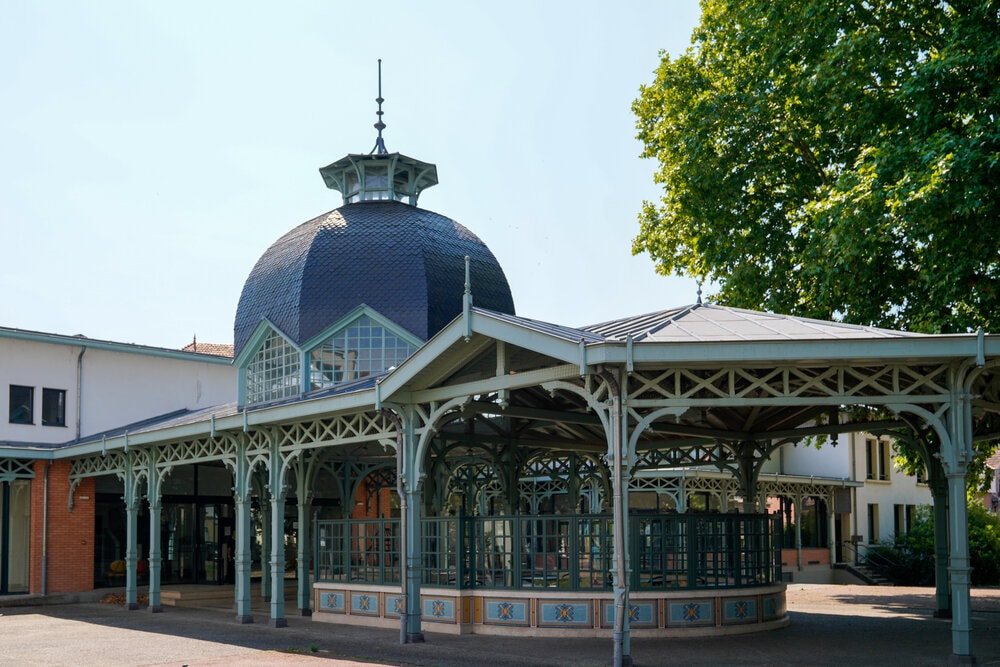

Even if the roots of thermal baths go back to antiquity - the Romans have left a rich heritage attesting to their practice - it is rather from 1700 until the 1930s that their popularity exploded in Europe. Boosted by the parallel development of hygienism and modern medicine, it encouraged several cities with mineral water sources to invest in attracting its new visitors in search of therapeutic activities.
And, to welcome them in the best way possible, they set up a whole range of leisure activities (urban parks and promenades, theaters, operas and concert halls, golf courses or racecourses) appreciated by the curists.
Through the candidacy of hundreds of large water cities in Europe, it is this type of development entirely turned towards "curative, therapeutic, recreational and social" functions that UNESCO has studied.
Baden-Baden (Germany), Montecatini Terme (Italy) and Bath (United Kingdom), along with Vichy and seven other cities in Belgium, Austria and the Czech Republic, will join the prestigious World Heritage List in July 2021.
Sensitive to the importance of renewing its image (difficult to dissociate, even today, from a dark page of french history) with tourists, the city of Vichy launched a few years ago the restoration of its Sources Park and the renovation of its surroundings. In one of its former large thermal establishments, it has also set up a museographic space paying tribute to this age-old practice.
With this prestigious inscription, this both cultural and natural heritage will be better protected and promoted, thanks to a reinforced European cooperation. It will also be transmitted to the new generations who, like the previous ones, aspire more and more to well-being.
To learn more and organize your stay.
Valerie from Comme des Français
----
Stay in the spirit of natural relaxation with these other articles